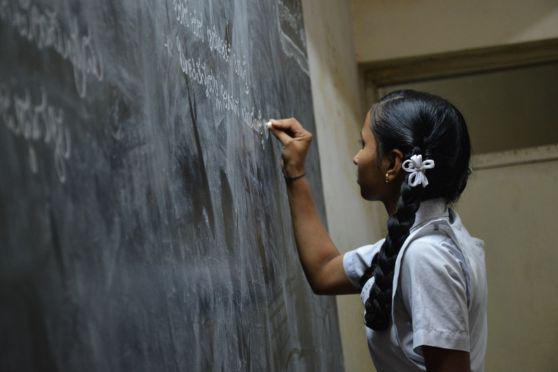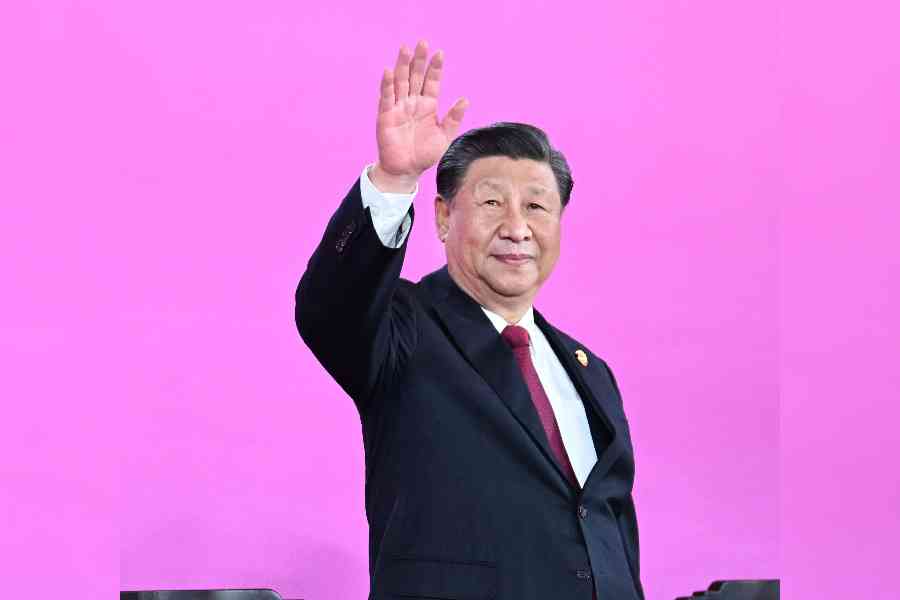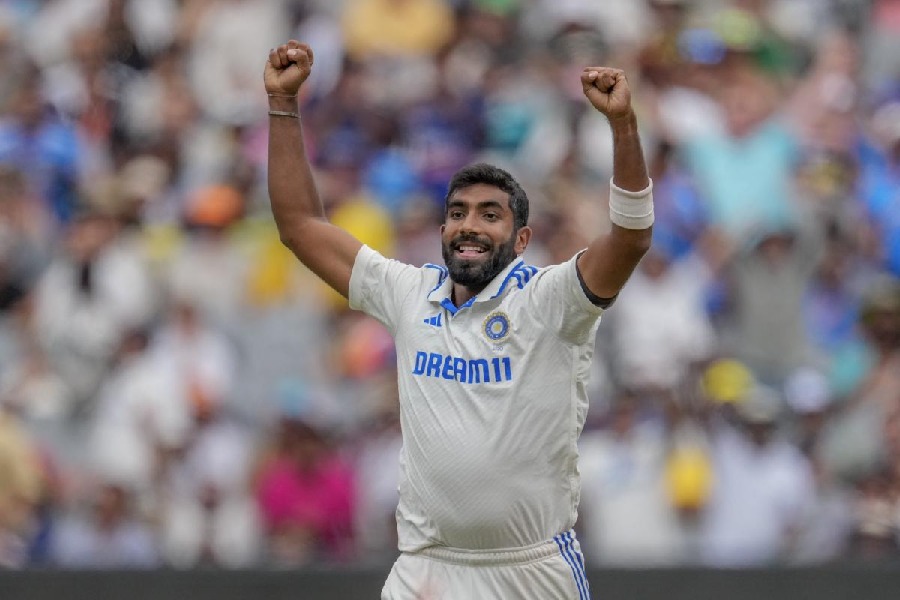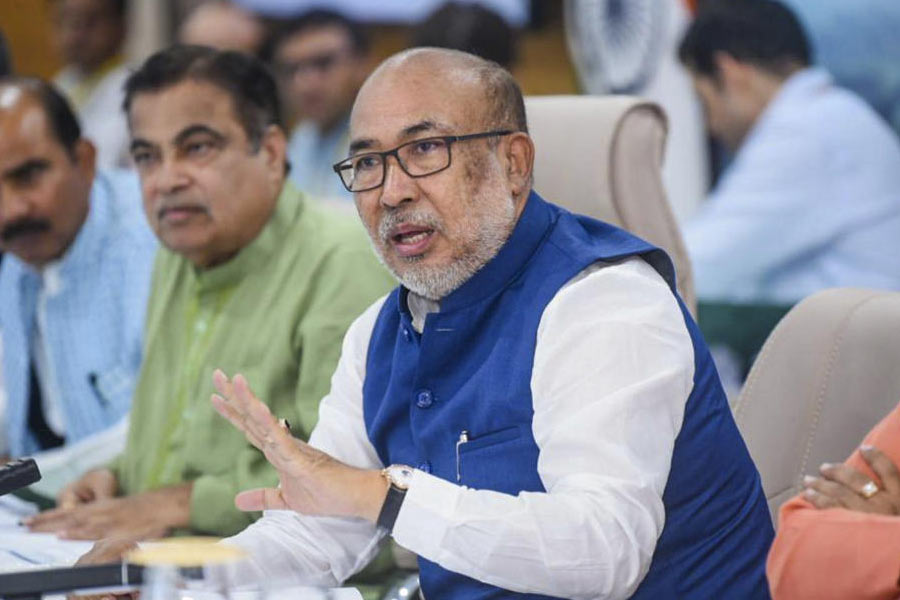Decades after R.K. Narayan described the pitiful state of schoolchildren loaded with heavy bags and homework in the Rajya Sabha, labelling the phenomenon a national madness, there are few signs of sanity returning. Yet the route to balance was mapped by the report of the committee chaired by the professor, scientist and administrator, Yash Pal, which laid out the principles and methods of a child-centred education. The professor was as eager as Narayan to restore to children their lost childhoods and focused, among other issues, on the faulty designing of curricula as a basic problem. Much of that was governed by the idea that education meant absorbing information, the more the better, in order to match the developed world which had supposedly experienced remarkable advances in knowledge. Heavy schoolbags, heavier homework, weekly tests and tuitions were necessary evils. Worse, this attitude encouraged learning by rote instead of comprehension, because children’s understanding could fail to keep up with the lessons to be prepared for the examinations.
The Yash Pal Committee report, Learning Without Burden, recommended reforms not just in the making of syllabi, but also in training teachers and adjusting teaching and assessment methods. Limiting the weight of schoolbags, as the government had ordered a few years ago, was a cosmetic measure with no accountability, and meaningless without deeper changes. At the deeper level, things look discouraging. Although the midday meal scheme and the efforts of the Sarva Shiksha Abhiyan helped in increasing enrolment as never before, achievement levels have remained worryingly poor. But there is now greater stress, percolating down from school administrations to teachers to students, as well as from parents, for better results and keener training for competitive examinations targeting medicine and engineering as well as other all-India entrance tests, including those for undergraduate and professional courses. The competitive attitude to learning has little in common with Yash Pal’s conception. The distance from it is demonstrated by the burgeoning of coaching centres and a whole town for specialised coaching institutes alone. Youngsters compete even to get into these institutes, while parents often spend far beyond their means in hopes of future prosperity. The increase in student suicides is a tragic indicator of the intense stress to which youngsters are now subject.
The rising number of private schools coupled with parental ambition for ‘quality’ education has undermined the notion of equitable education. The disadvantages of students whose parents cannot afford high fees have grown; educational divisions have deepened. The State’s growing disinterest in educational standards of government schools is exhibited by the multiple non-academic jobs given to teachers, from keeping accounts for midday meals to public surveys for the census or election duty. The madness now has many more facets than before, and the burden of learning, instead of vanishing as Yash Pal had hoped, is not only heavier but also varies according to the parents’ economic backgrounds.










